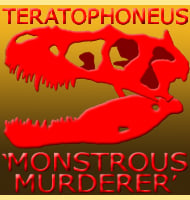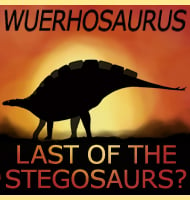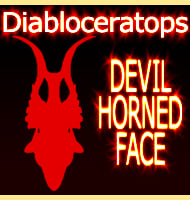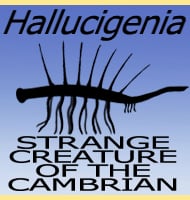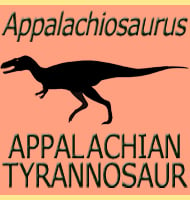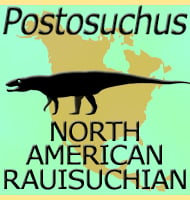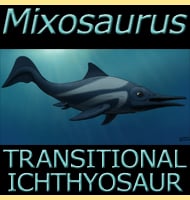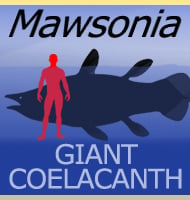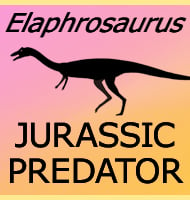In Depth
Despite being a little known genus of sauropod dinosaur, Chinshakiangosaurus is one of the most important. This is because when it was described, Chinshakiangosaurus was the only example of an early sauropod dinosaur where the sides of the head can be reconstructed. This has revealed that although Chinshakiangosaurus was a sauropod, the lower jaw tapered to be narrower towards the front of the mouth, a trait that is commonly seen in sauropodomorph dinosaurs, but different from later and more advanced sauropods. There is also a diagonal ridge on the dentary that is seen as the attachment point for a cheek, something that would have prevented food from falling out of the sides of the mouth while a Chinshakiangosaurus was feeding. Chinshakiangosaurus has helped to cement the theory that when early sauropodomorph dinosaurs were small, they would have been selective browsers, While later sauropods with their deep lower jaws would have been non-selective browsers and all about grabbing big mouthfuls of food to fuel their larger bodies.
Further Reading
- A re-evaluation of Chinshakiangosaurus chunghoensis Ye vide Dong 1992 (Dinosauria, Sauropodomorpha): implications for cranial evolution in basal sauropod dinosaurs”. Geological Magazine 144 (2): 247–262. - P. Upchurch, P. M. barret, Z. Xijin & X. Xing - 2007.

